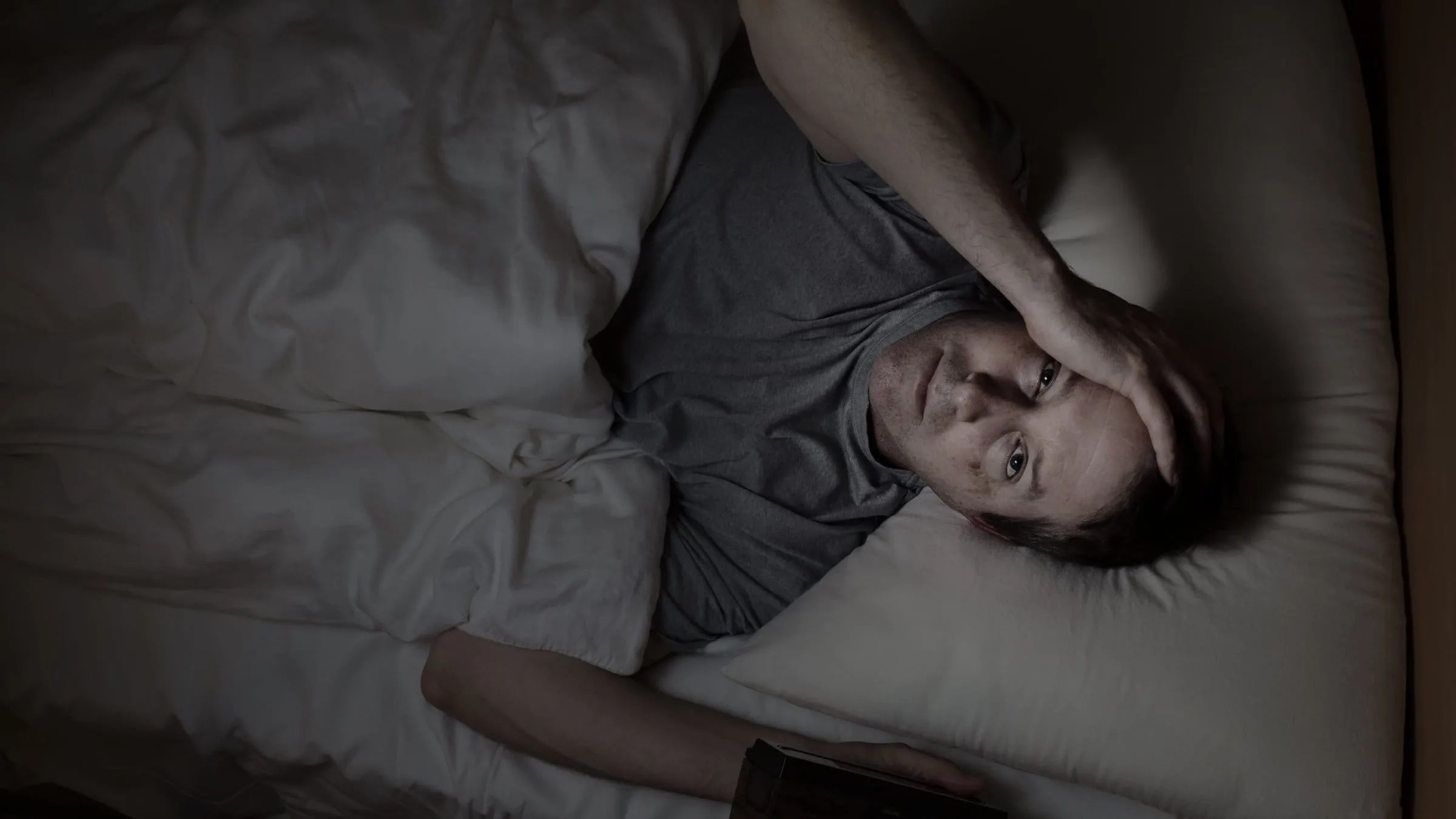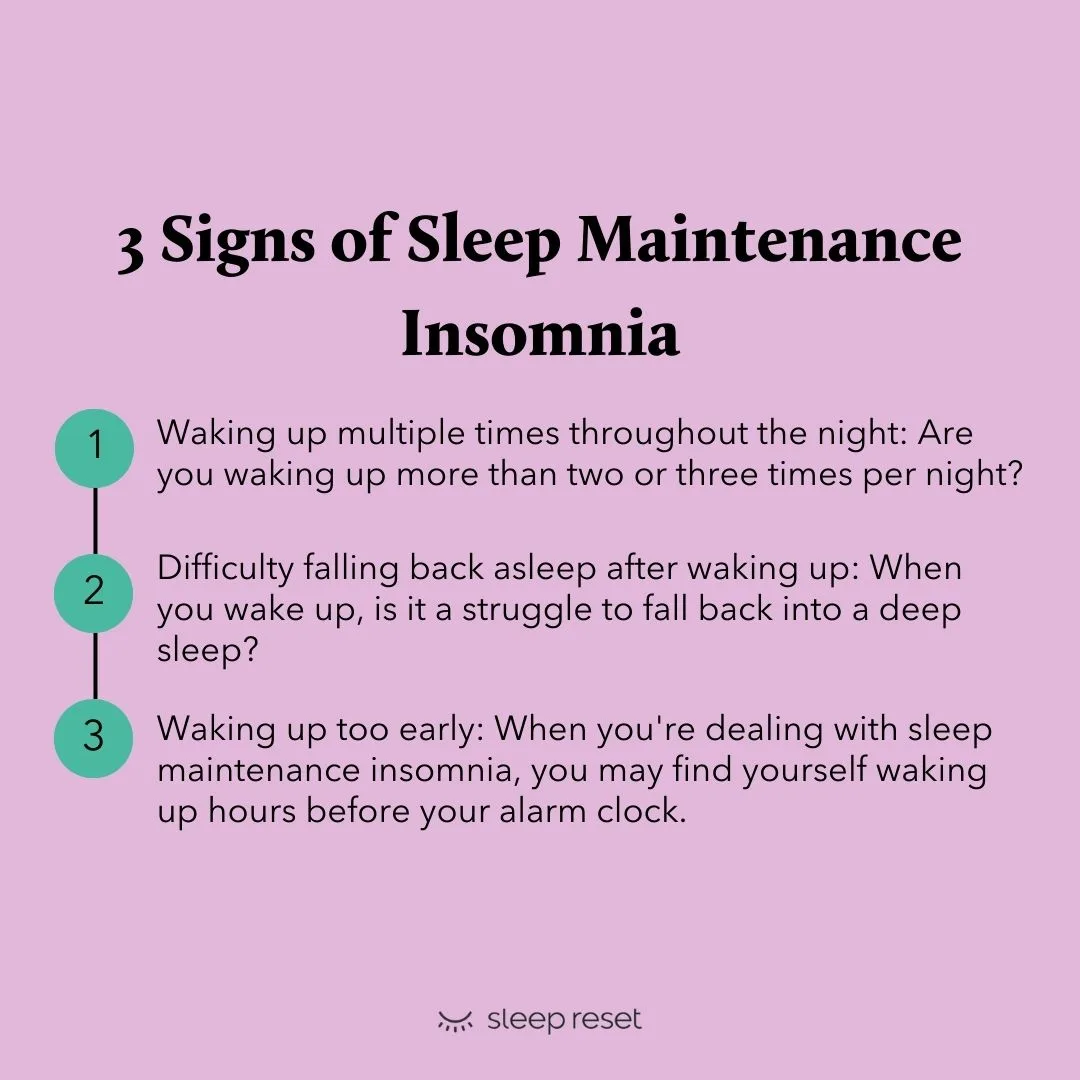Millions struggle with waking up in the middle of the night. Health experts explain the causes of sleep maintenance insomnia and reveal effective strategies to get back to sleep.

October 1, 2025

Source:
The Guardian
Understanding Nightly Wake-Ups
Waking up in the middle of the night is a common experience, but for many, it becomes a frustrating cycle. This condition, known as sleep maintenance insomnia, involves difficulty staying asleep and returning to sleep after waking.
This pattern disrupts the natural sleep cycle, leading to daytime fatigue, irritability, and difficulty concentrating. According to the American Academy of Sleep Medicine, chronic insomnia can have significant impacts on overall health.
What Causes These Interruptions?
Several factors can contribute to sleep maintenance insomnia. These can range from lifestyle habits to underlying medical conditions.
Stress and Anxiety: Worries about work, family, or finances can trigger the body's stress response, leading to wakefulness.
Lifestyle Choices: Consuming caffeine or alcohol close to bedtime can interfere with deep sleep stages.
Poor Sleep Environment: A room that is too warm, bright, or noisy can easily disrupt sleep.
Underlying Health Issues: Conditions like sleep apnea, acid reflux, or chronic pain are common culprits.
Keep up with the story. Subscribe to the PR+ free daily newsletter

Source:
Ohio State Health & Discovery - The Ohio State University
First-Line Treatment: CBT-I
For those with chronic insomnia, experts overwhelmingly recommend Cognitive Behavioral Therapy for Insomnia (CBT-I) as the most effective long-term solution. The American College of Physicians endorses it as the first-line treatment, even before medication.
CBT-I is a structured program that helps patients identify and change the thoughts and behaviors that prevent them from sleeping well. It is not a quick fix but a set of skills for a lifetime of better sleep.
Key Components of CBT-I
Sleep Restriction Therapy: This technique involves limiting your time in bed to the actual number of hours you sleep. This builds a stronger association between bed and sleep.
Stimulus Control Therapy: The goal is to re-associate the bedroom with sleep. This means only using the bed for sleep and intimacy, and leaving the room if you can't fall back asleep within 20 minutes.
Cognitive Restructuring: A therapist helps you challenge and change anxious thoughts and beliefs about sleep that can perpetuate the insomnia cycle.
Role of Medication
While medications like benzodiazepines or melatonin receptor agonists exist, they are often considered a secondary option. Experts caution they can come with side effects and may not address the root cause of the insomnia. They are typically used for short-term relief in conjunction with behavioral therapies.
Read More

Source:
Sleep Reset
Share this news:



















